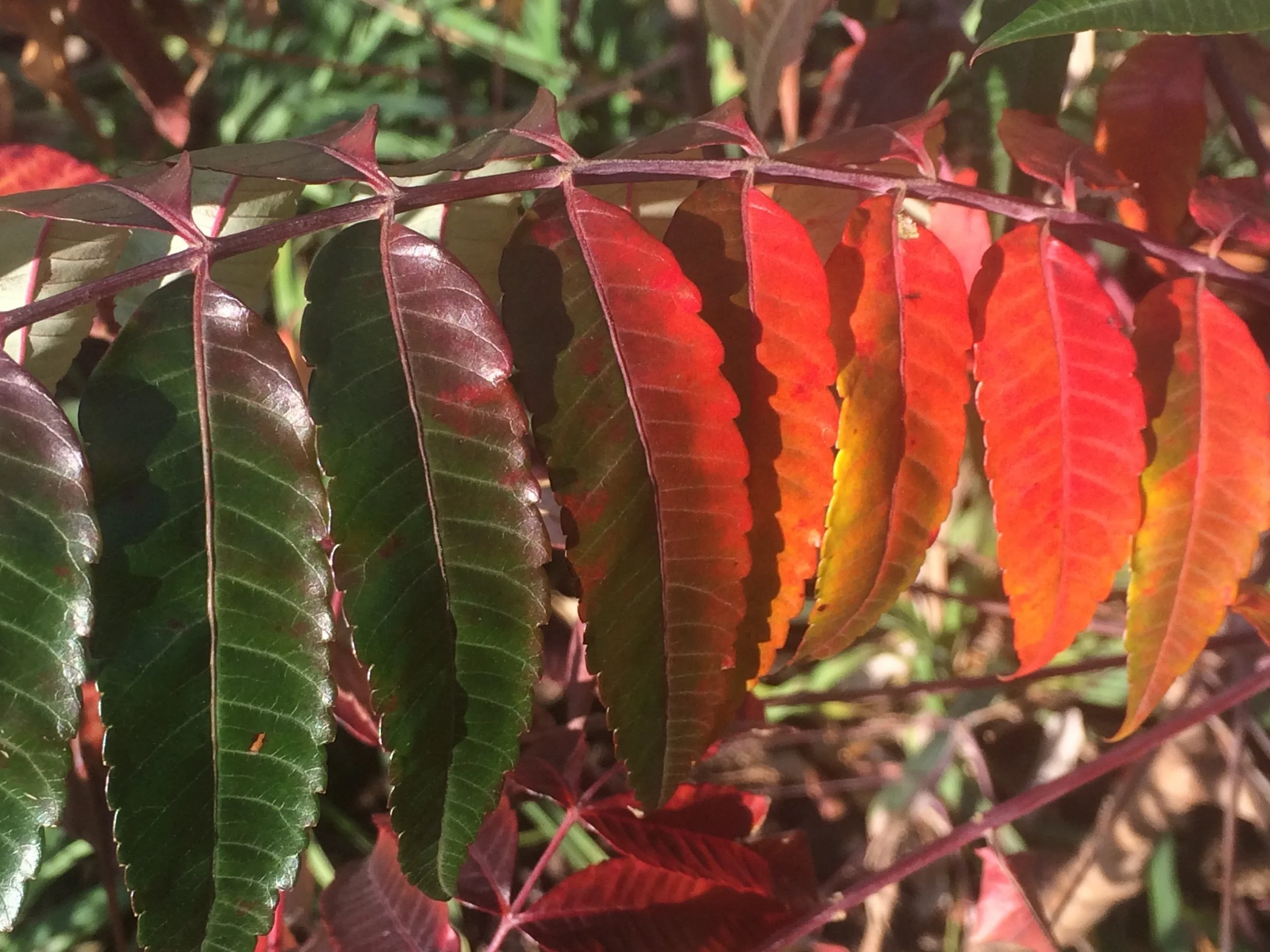If you’ve ever spotted a striking shrub or small tree with fuzzy branches and cone-shaped clusters of deep red berries along a Chicago roadway or hillside, you’ve likely encountered the Staghorn Sumac (Rhus typhina). This hardy native brings bold texture, brilliant fall color, and incredible ecological benefits to Midwestern landscapes—proving that beauty and resilience can go hand in hand.
Read MoreAs autumn settles in and many summer blooms fade, asters step up to keep the garden alive with color. These hardy, star-shaped flowers bring cheerful purples, pinks, blues, and whites to the landscape just when you think the season is winding down. Even better — asters are native powerhouses that support pollinators, add texture, and return year after year with very little fuss.
Read MoreSunflowers aren’t just beautiful additions to gardens and landscapes, they are also powerhouses for sustainability, pollinator support, and even environmental clean-up. Whether you’re designing a backyard landscape, planting a pollinator garden, or adding seasonal color to your urban rooftop, here are five fascinating facts about sunflowers:
Read MoreThere’s no better way to celebrate the height of summer than by spotlighting one of our absolute favorite native blooms — Monarda, commonly known as bee balm. Bursting into full glory during August, this vibrant and pollinator-friendly perennial brings energy, color, and ecological richness to any garden or landscape.
Read MoreAs we welcome the summer season in Chicago, the Purple Coneflower stands out as a fantastic native plant to add to your landscape. Known for its striking, vibrant purple flowers and orange-tipped center, this perennial is not only beautiful but also incredibly beneficial for local ecosystems.
Read MoreIf you're looking to enhance your landscape or rooftop deck with beauty, biodiversity, and year-round interest, consider planting a Serviceberry—our latest Illinois Native Plant of the Month. Also known as Juneberry, Shadbush, or Saskatoon depending on the region and species, Serviceberry is a multi-season standout that benefits both people and pollinators. This adaptable small tree or large shrub typically grows 15 to 25 feet tall, making it well-suited for a range of garden sizes and urban environments.
Read MoreZizia aurea is a valuable native perennial that supports biodiversity by providing early-season nectar for a wide range of pollinators, especially native bees and butterflies. Its small yellow flowers are a magnet for species like sweat bees and small carpenter bees, and it serves as a larval host plant for the Black Swallowtail butterfly, whose caterpillars feed on its foliage.
Read MoreThe Red Maple (Acer rubrum) is a must-have for homeowners looking to add beauty, shade, and sustainability to their landscape. Fast-growing and highly adaptable, it thrives in city settings, providing cooling shade, cleaner air, and natural stormwater control.
Read MoreThe Red Twig Dogwood (Cornus sericea), also known as Red Osier Dogwood, is a hardy and adaptable native shrub that provides year-round beauty and ecological benefits in Chicago and the Midwest.
Read MoreBaptisia, commonly referred to as false indigo or wild indigo, provides a number of significant benefits during the winter months, even though it is a perennial plant that typically dies back completely to the ground in colder climates. Here’s a closer look at how this remarkable plant can positively contribute to your winter landscape and enhance the overall ecosystem during the colder season:
Read More









